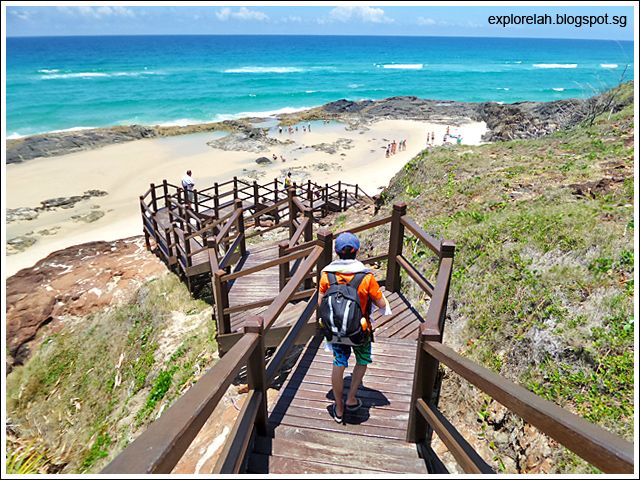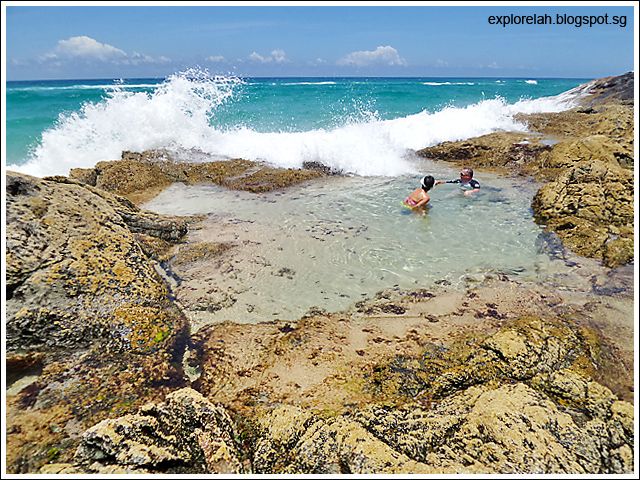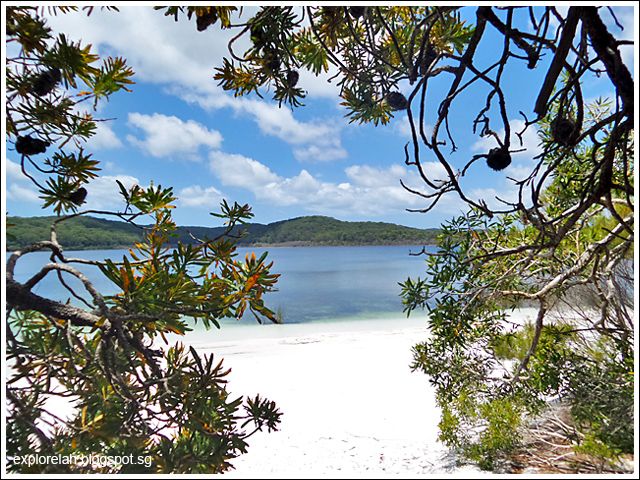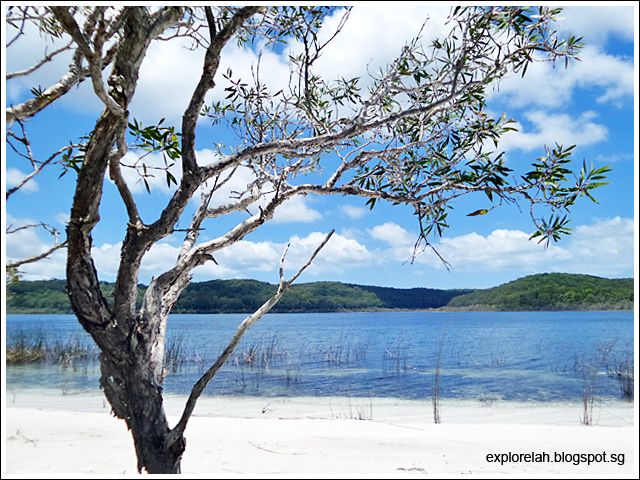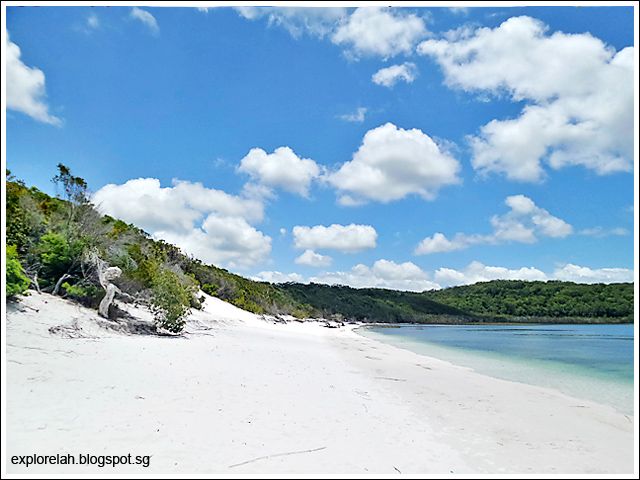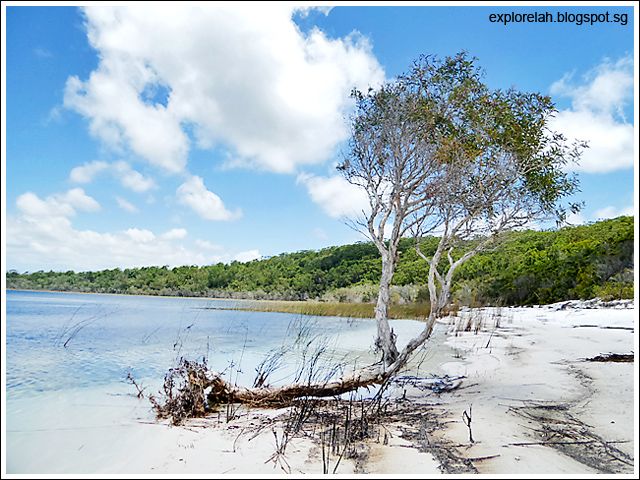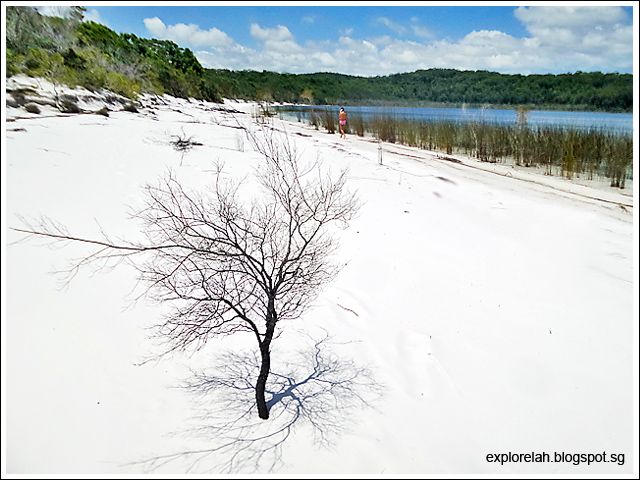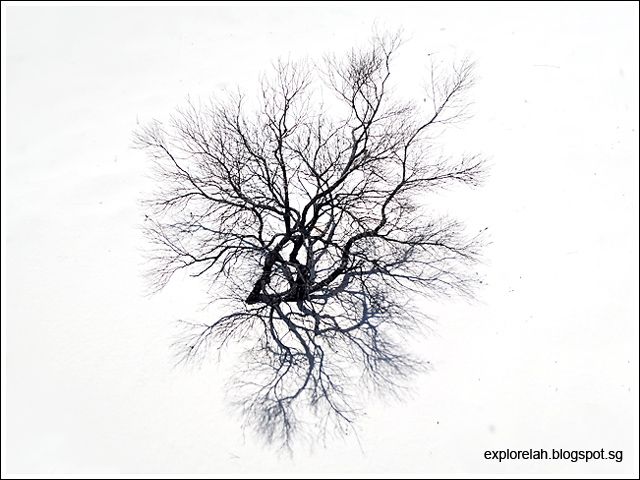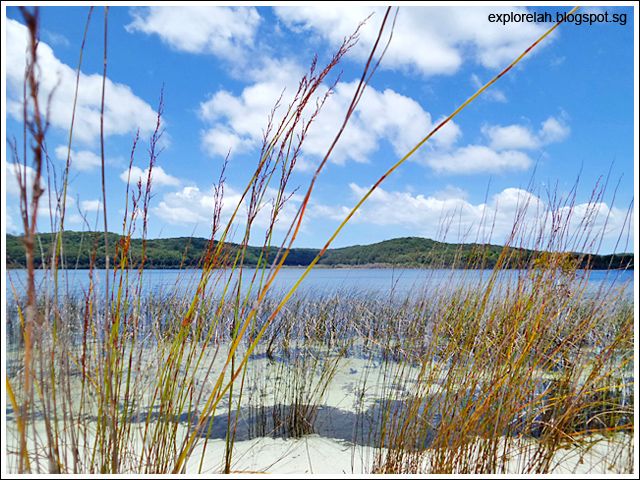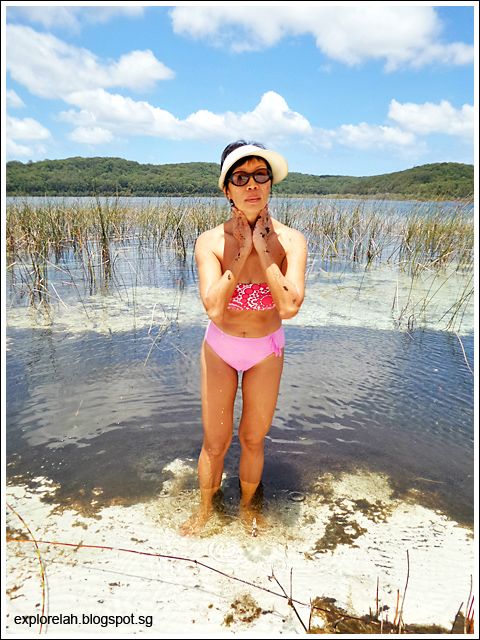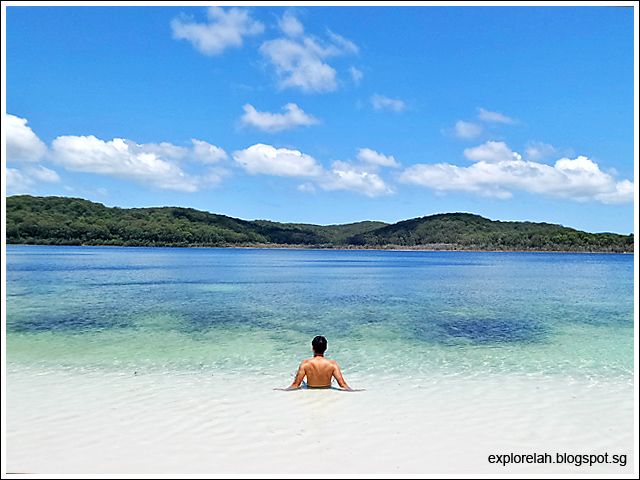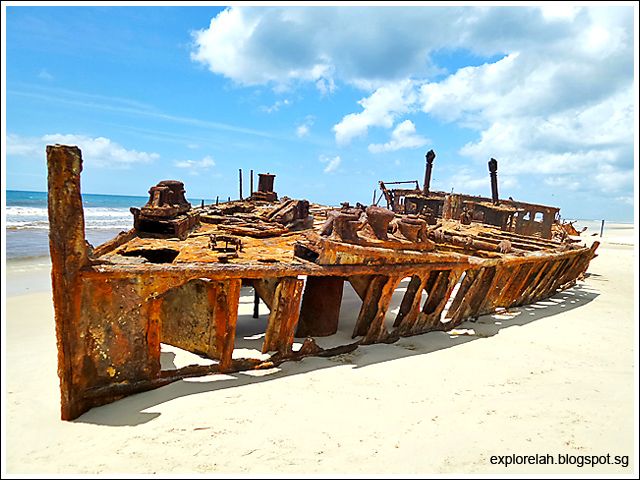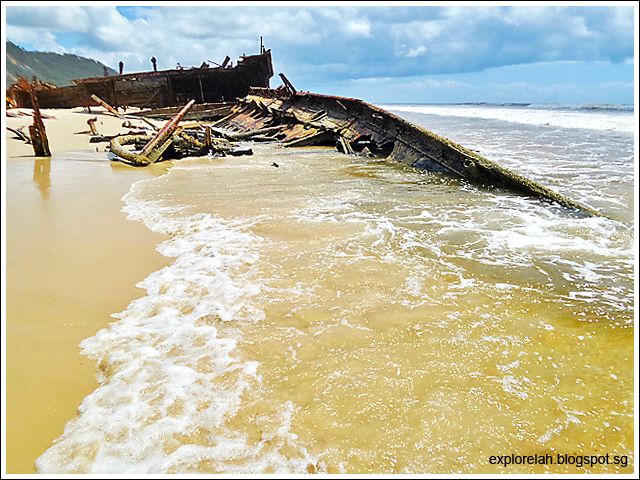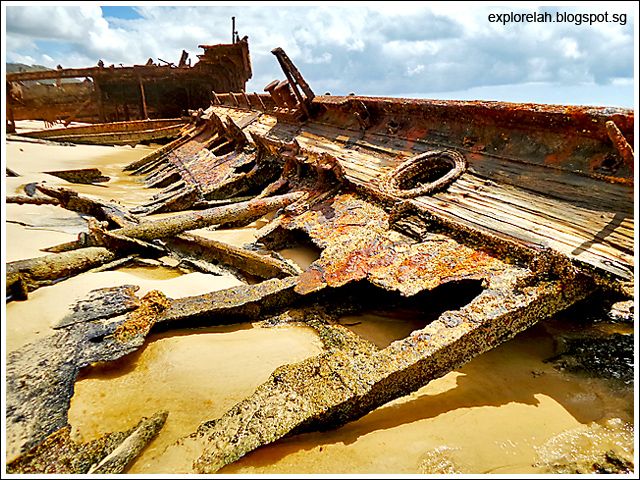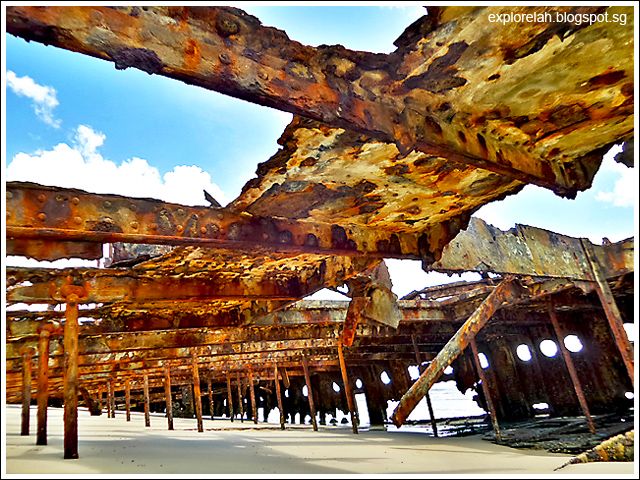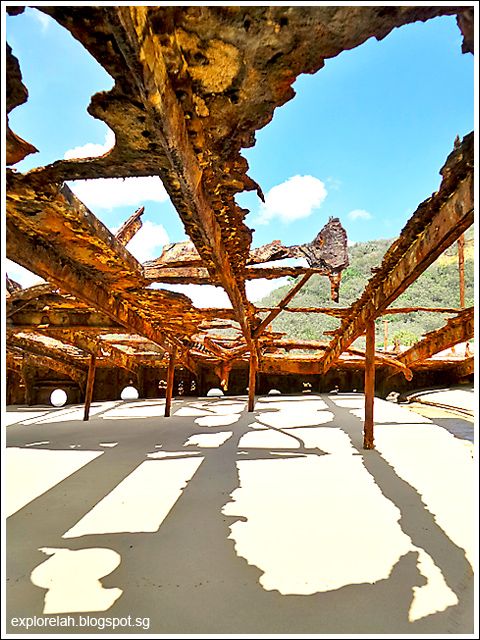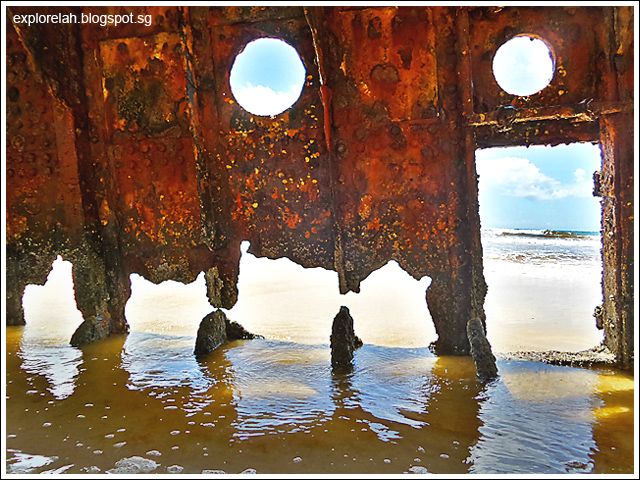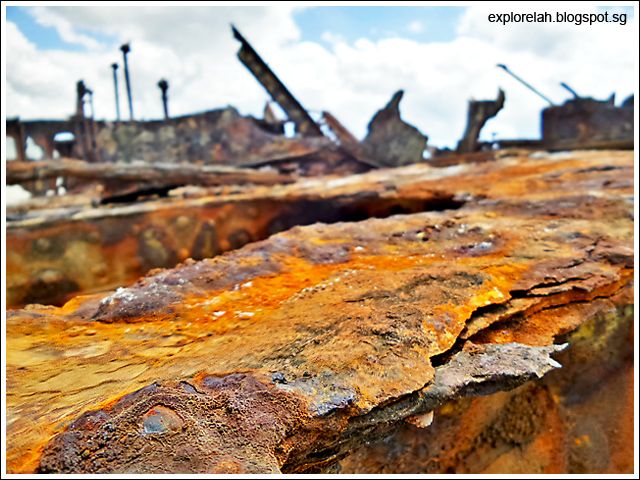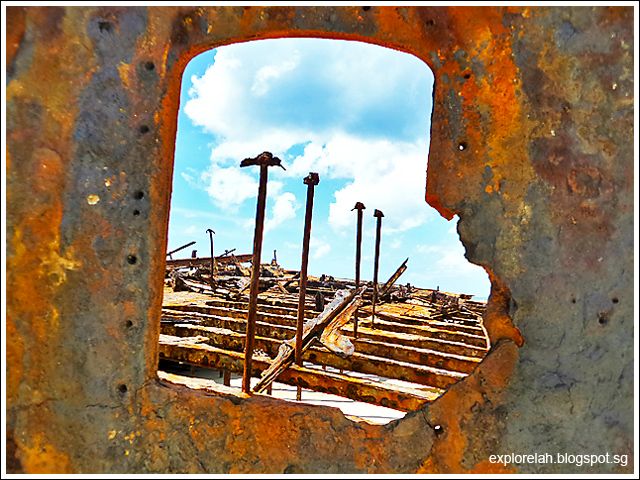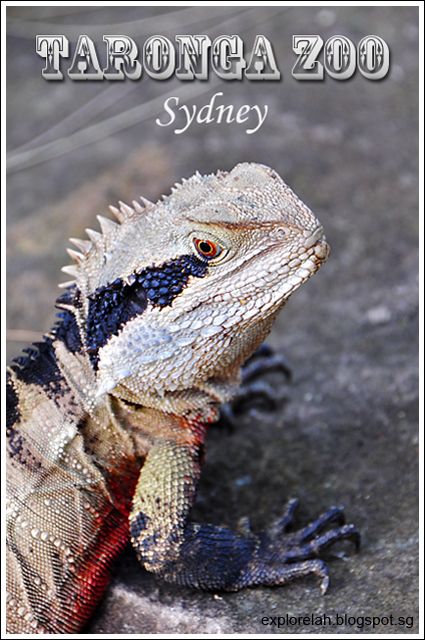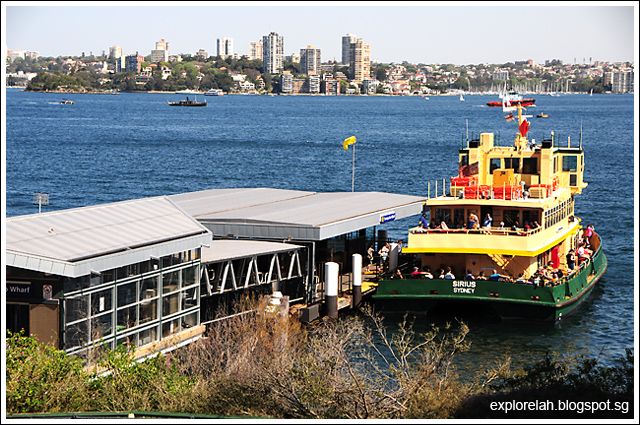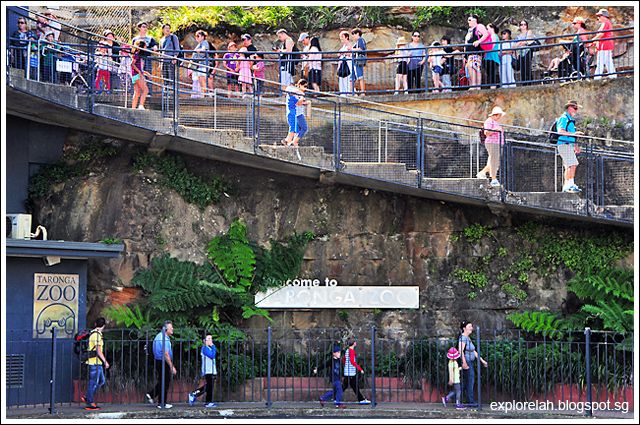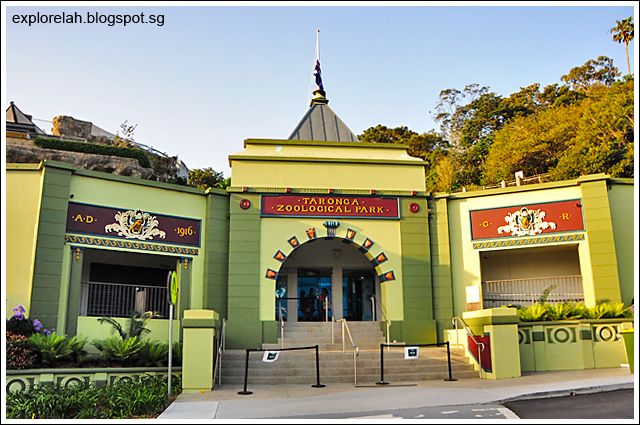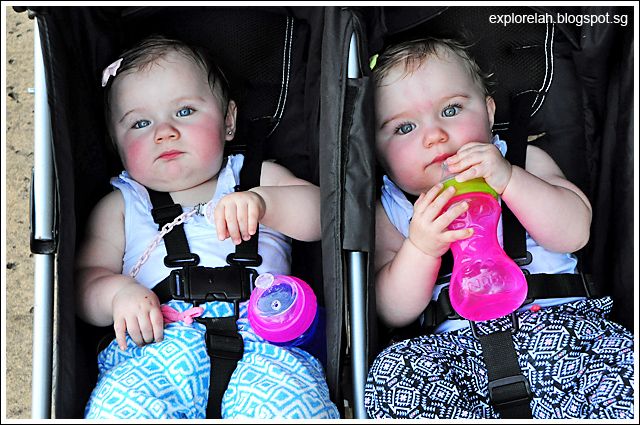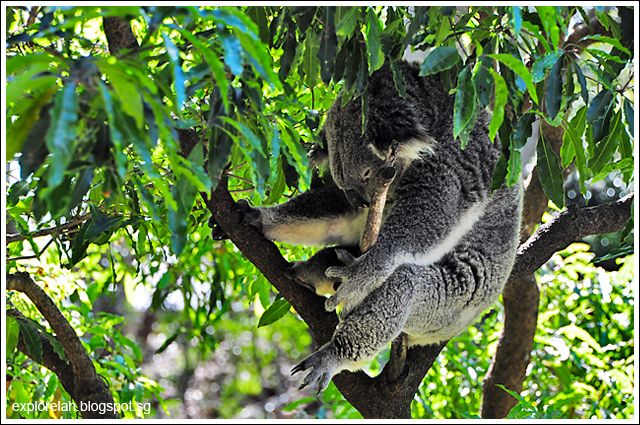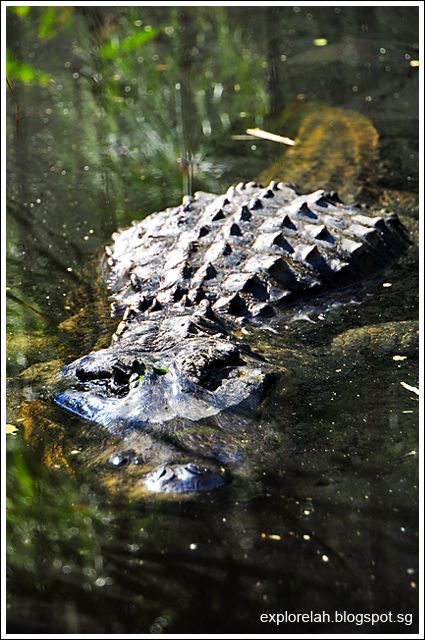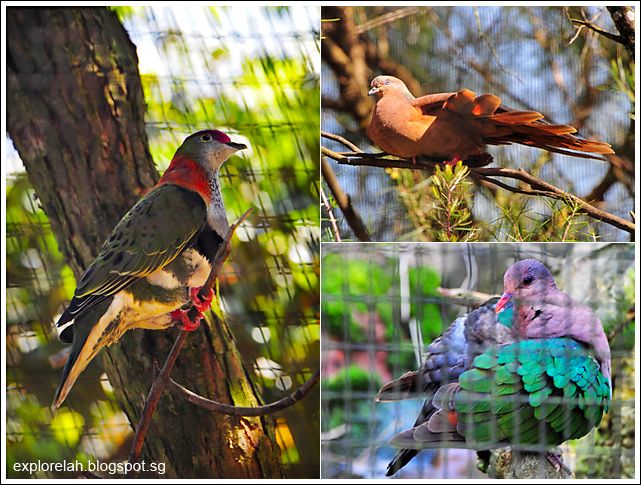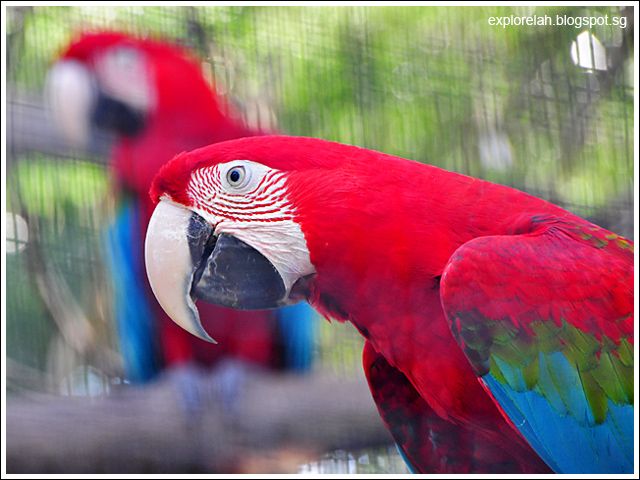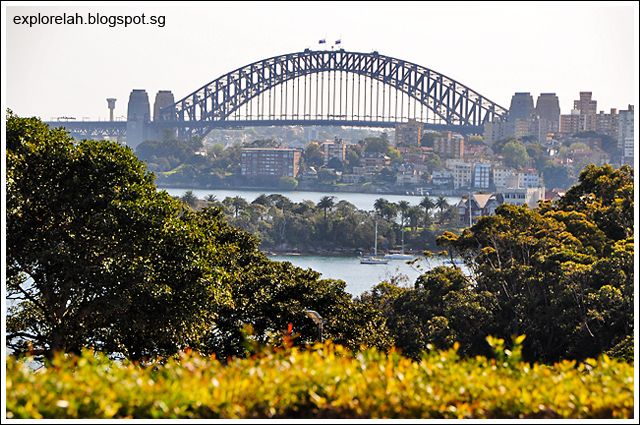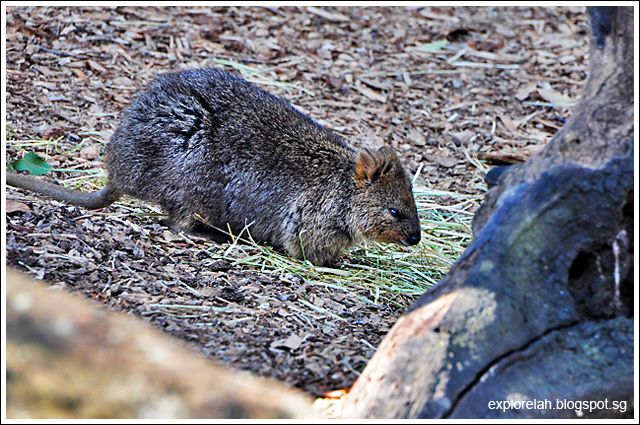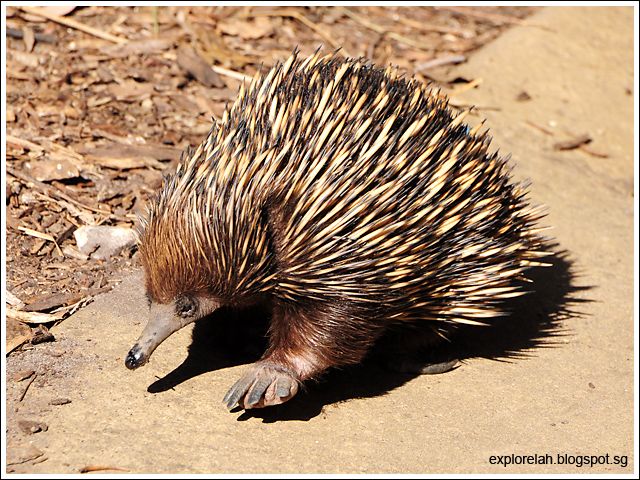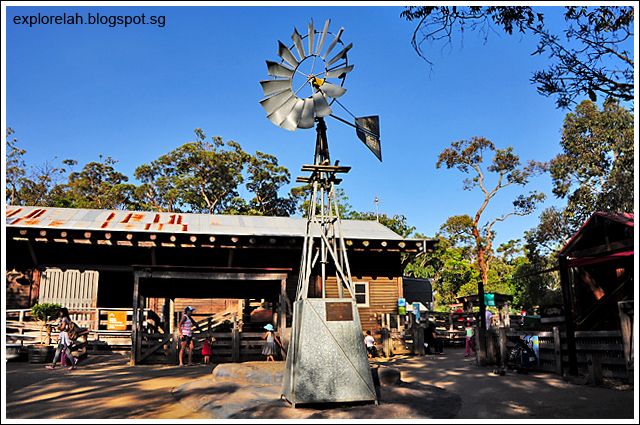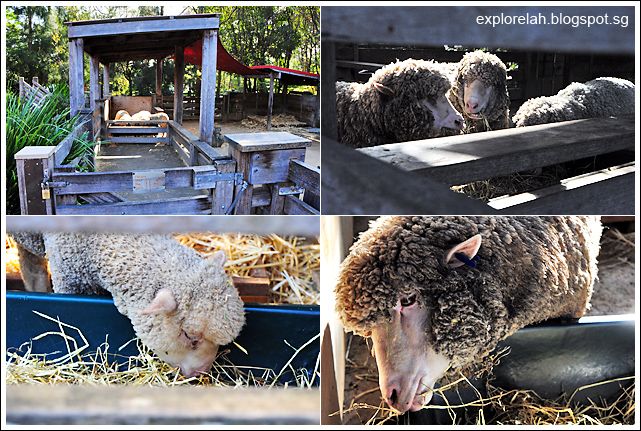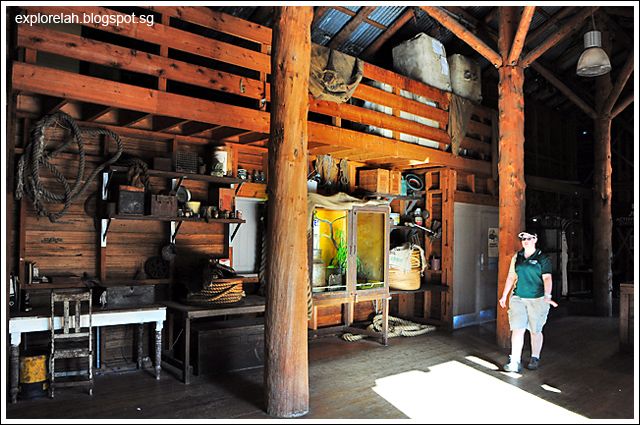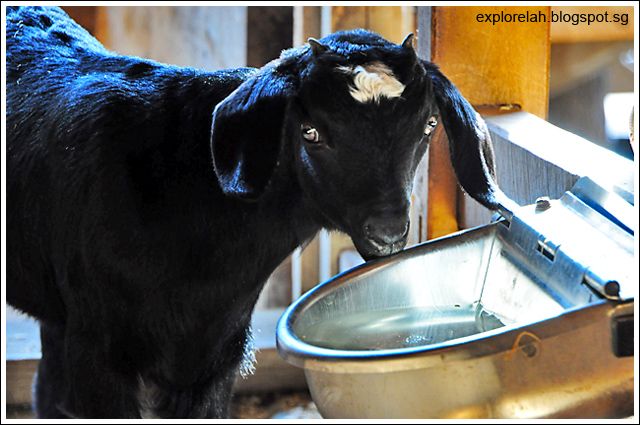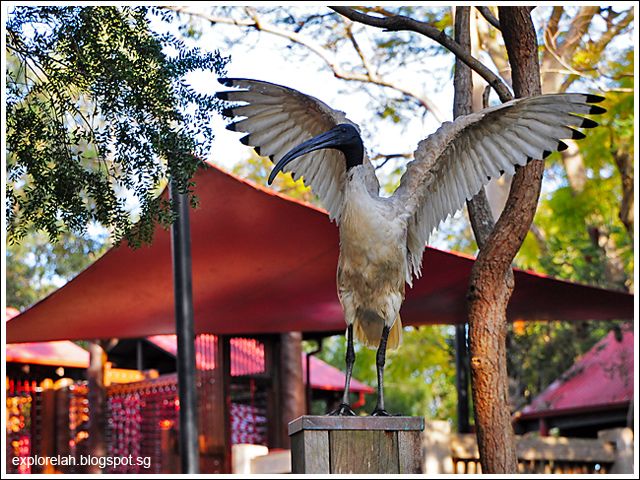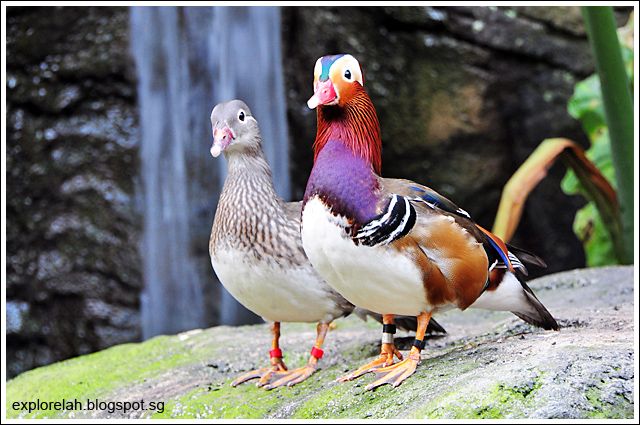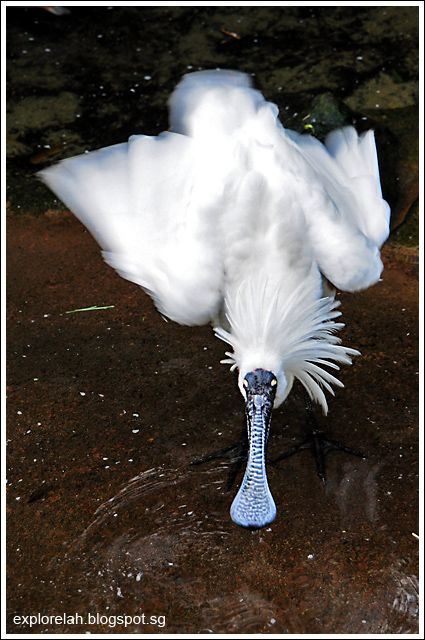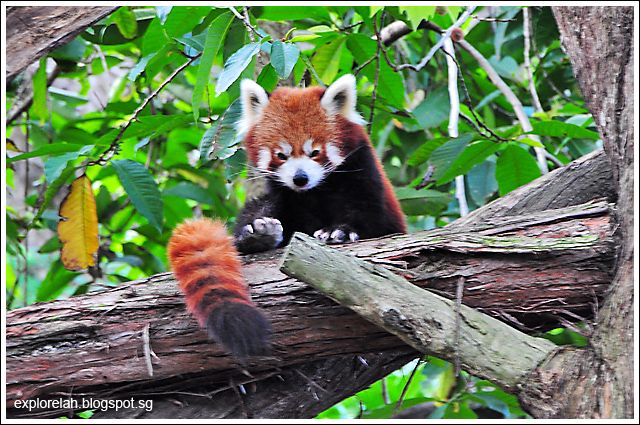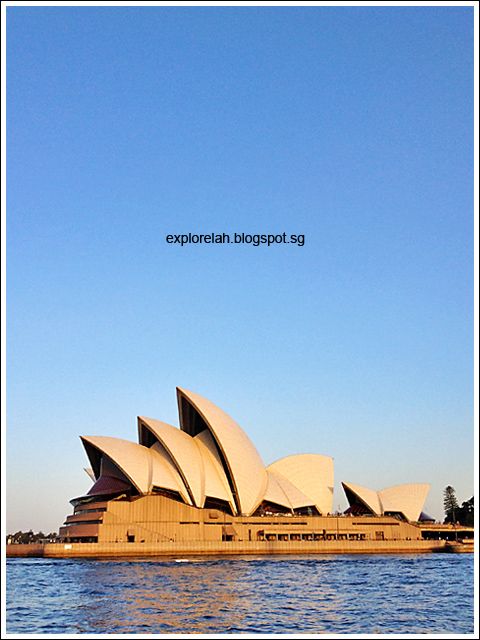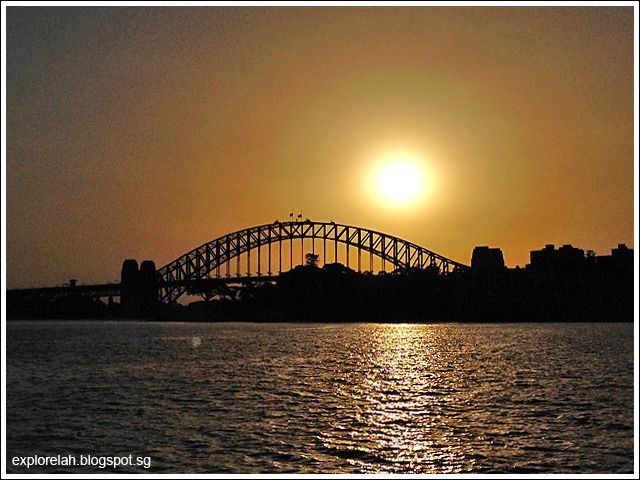What : Champagne Pools
Where : Fraser Island, Queensland, Australia
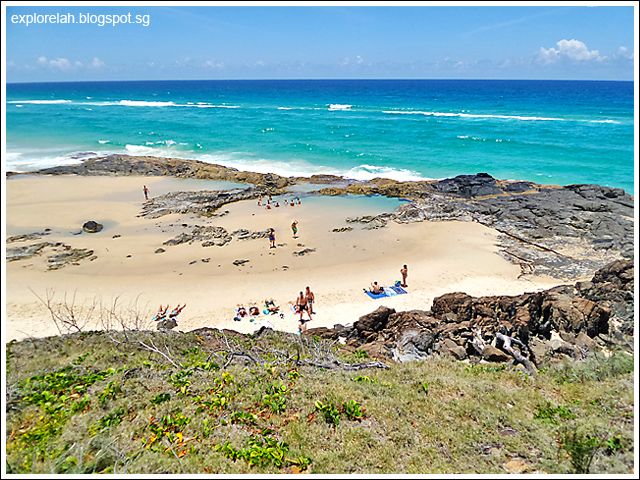 |
| Landscape view of Fraser Island's Champagne Pools. Low tide exposes the volcanic rock fortress that created these incredible dipping holes right next to the gregarious ocean. |
Just by its name alone, my enthusiasm to visit bubbled profusely with excitement. I can foresee getting high on an attraction whose christening conjures images of celebrations, good times, and epic fun.
When I finally arrived, however, my anticipation fizzled out. The Champagne Pools didn't look as delicious as the picture I had in my head. But that's because our visit coincided with low tide when the aquatic playground receded to just a sliver of seawater behind a rocky lip. Nevertheless, as I got closer to the water's edge, I became drunk on the unusual phenomenon where the tug-of-war between danger and tranquility are nowhere more apparent than here.
Azure seas and pretty powdery beaches are aplenty, but few could offer the natural thrill of soaking in a calm basin while being up close to waves crashing into rocks.
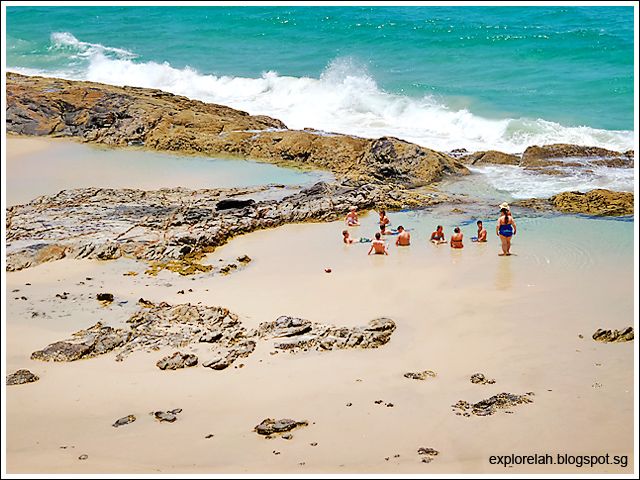 |
| Formidable waves constantly attempt to breach the rocky stronghold, creating many heart-stopping moments to behold. |
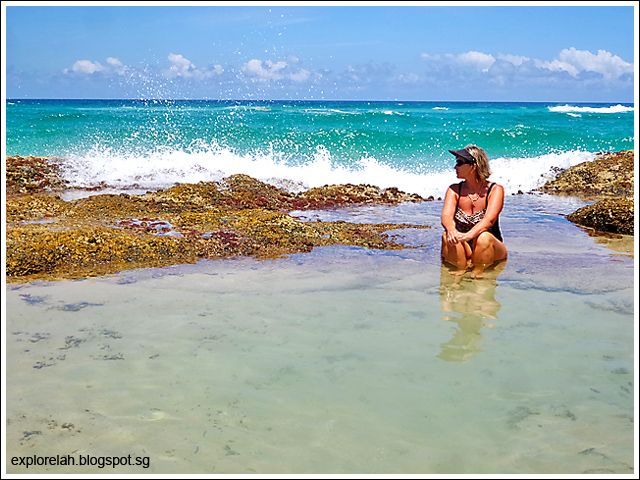 |
| Flirting with danger... but it is actually rather safe as long as one stays within the protective rim. |
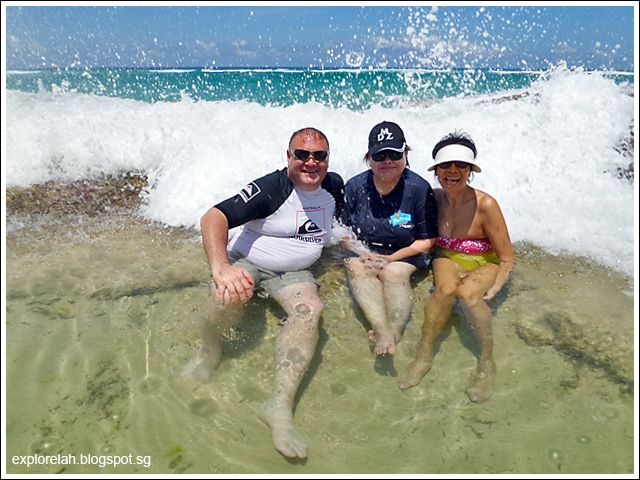 |
| Big splash! Welcome to a saltwater jacuzzi powered by nature. |
 |
| Enough of splashing around? Then just chill on the beach. Some locals top off the experience by bringing along chilled champagne to sip while drinking in the seaside drama. |
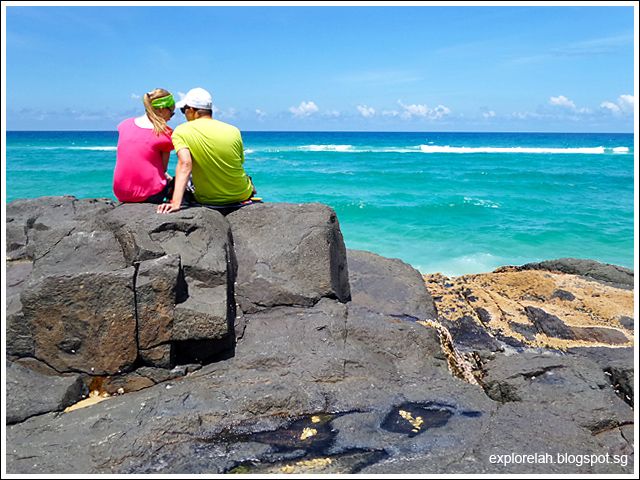 |
| Is this what is meant by a rocky relationship? The grand view on the volcanic bedrock out into the vast Pacific Ocean is bound to rekindle romance. |
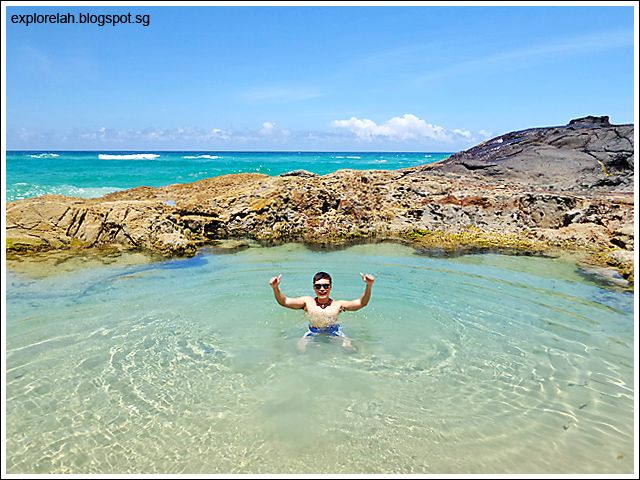 |
| What you don't see in this photo is the schools of small marine fish swimming in this deeper inner pool. Loving it here at nature's handcrafted aquarium! |
Albeit our visit ran into low tide, the Champagne Pools still impresses with its rare proposition of swimming at the edge where titans clash.
Incidentally, this is also the only place you can swim in the sea on Fraser Island as swimming anywhere else along the island's coastline is discouraged due to rough waves, strong under currents and the presence of sharks and stingers.
For an unforgettable experience on Fraser Island, the Champagne Pools definitely has it made.
This post has been made possible by Tourism Queensland Singapore and CTC Travel.
